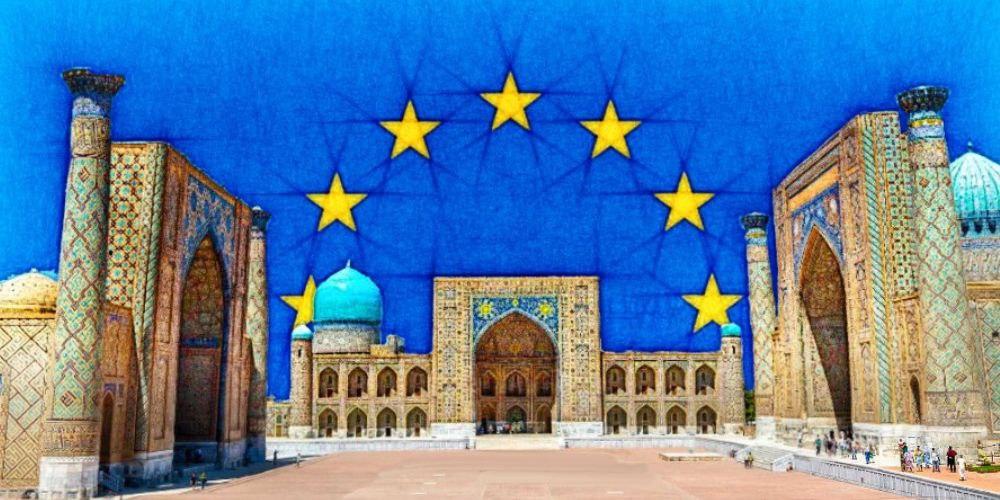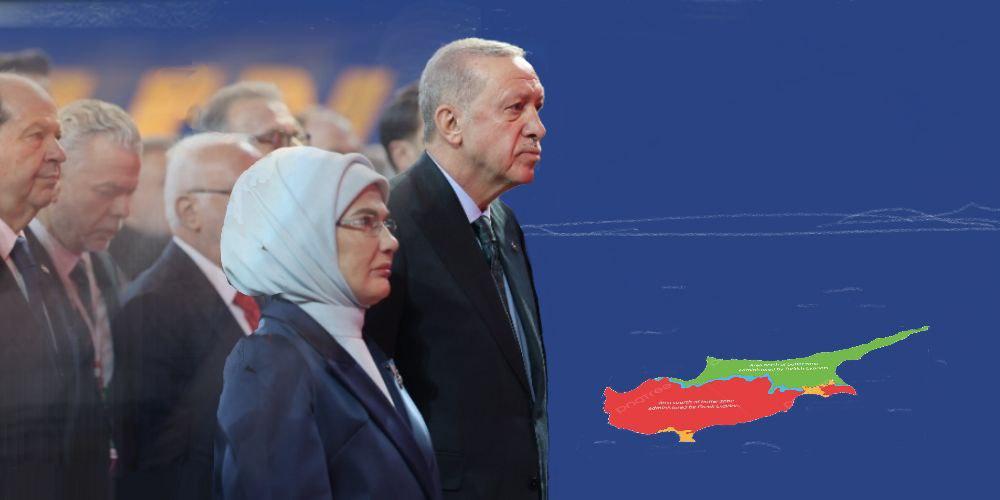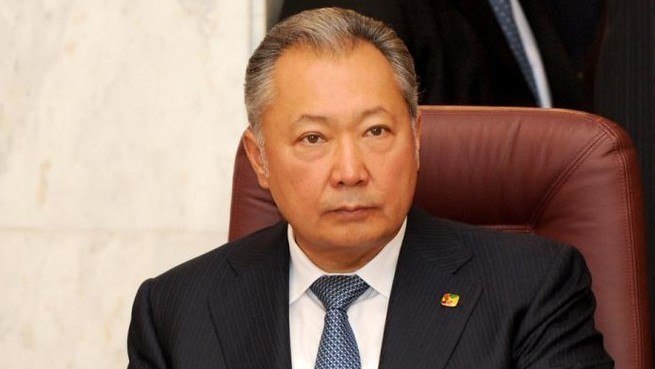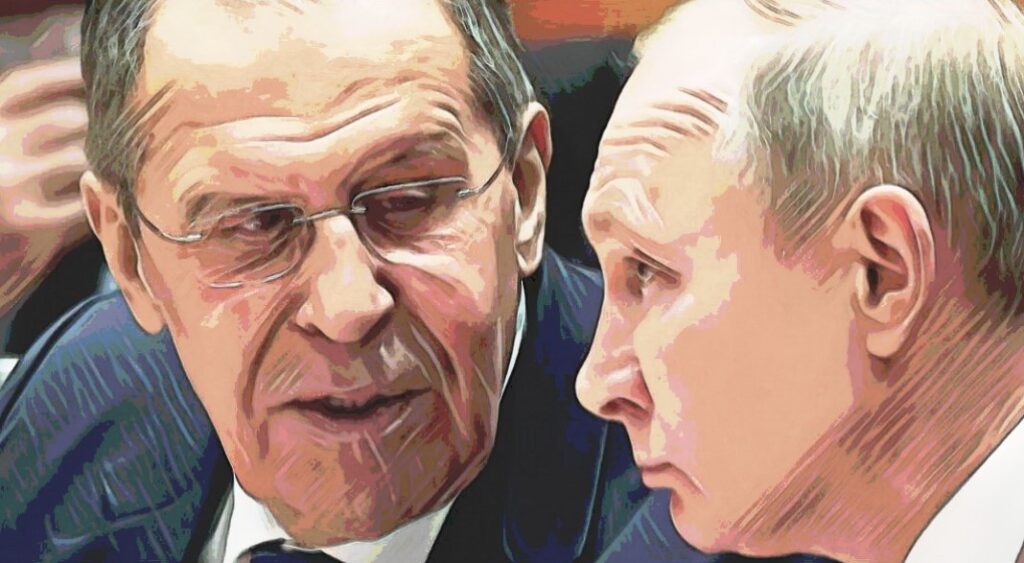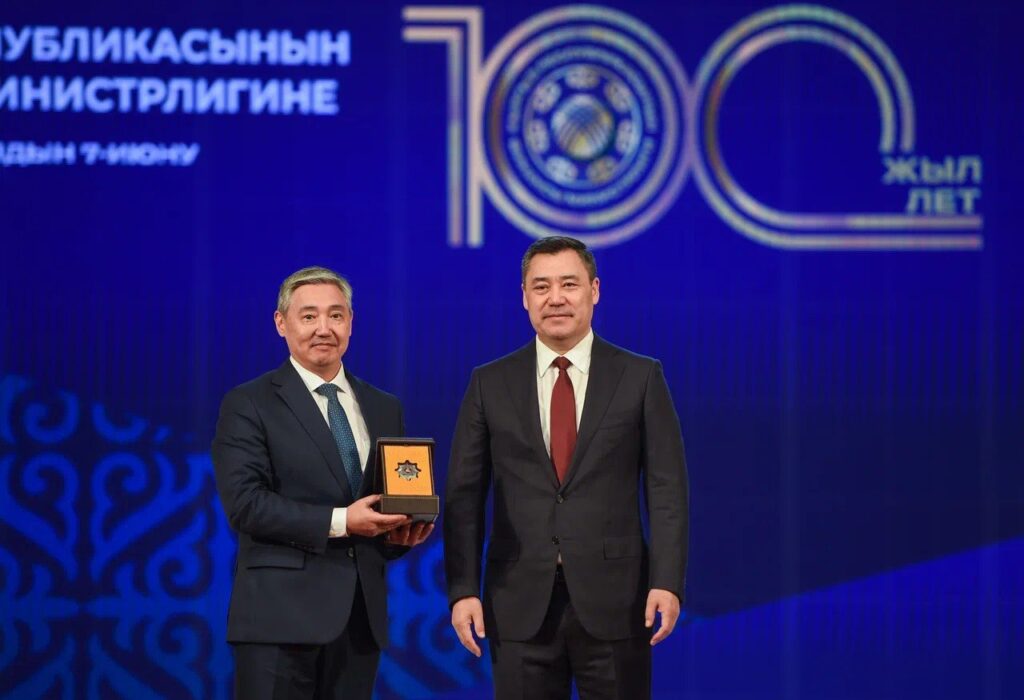As Central Asia’s significance for global supply chains grows, the world’s major economic powers are seeking closer economic ties with the region’s countries. China, Russia, and the West all curry favor through investments and initiatives to bolster the region’s exports and secure their supply chains.
Bordering China and Russia, Central Asia spans a land surface area corresponding to 87% the size of the entire European Union (EU). The region has a combined market of 76 million people and gross domestic product of 450 billion U.S. dollars. It is critical to global energy supply chains as it possesses 20% of the world’s uranium reserves, as well as 17.2% of total oil and 7% of natural gas deposits. Kazakhstan produces over half of the EU’s critical raw materials, i.e. substances used in technology which are subject to supply risks and are hard to replace with substitutes. In the first seven months of 2024, rail cargo across the Middle Corridor, a trans-Caspian trade route linking China to Europe, has increased 14-fold compared to the same period last year.
As the region opens up and undergoes significant economic transformation, supply chains are increasingly directed there, sparking competition for control over its vast natural resources and production capabilities. Major economic powers are stepping in to strengthen bilateral ties to ensure reliable trade partnerships. These strategies, known as “friend-shoring,” aim to reduce geopolitical risks, enhance supply chain stability, and transform Central Asian countries into trusted allies by fostering strong bilateral relationships and deeper economic ties.
China and Russia remain at the helm of regional activity
China has been actively engaging with Central Asian countries through strengthening economic ties and building strategic partnerships. Through the Belt and Road Initiative (BRI), which aims to enhance infrastructure and trade connectivity across the region, China has helped strengthen the region’s rail network. China supplies equipment and invests in Uzbekistan’s electric vehicles, scooters, and leather production. Uzbekistan, in partnership with PowerChina and Saudi company ACWA Power, is also constructing the country’s first green hydrogen plant. Kyrgyzstan’s bilateral trade with China was up 30% in 2023 compared to 2022. This year, Turkmenistan has surpassed Russia in gas exports to China. In 2023, Kazakhstan’s agricultural exports to China doubled to $1 billion compared to 2022, making China the largest importer of agricultural products from the country.
Historically, Russia has been a major trading partner for Central Asian countries due to the Soviet legacy of a command economy, which established strong economic interdependencies that persisted in post-USSR period. While the region is aggressively diversifying its trade relationships, Russia is increasing gas supplies and energy infrastructure investments, specifically in renewables and nuclear facilities. Kazakhstan delivers most of its oil to Europe through Russia.
Russian-led organizations, including the Eurasian Economic Union (EAEU) and the Commonwealth of Independent States (CIS), promote cooperation and economic integration with free movement of goods, services, and capital among member states.
Russia’s war against Ukraine has disrupted supply chains, but it has also opened up new trade opportunities, especially for Kazakhstan, as Western companies look for alternatives to conducting business in Russia. In 2022, over 50 international companies relocated to Kazakhstan.
Are the EU and the U.S. doing enough to catch up?
The EU is turning to partner countries in Central Asia to provide critical imports as a way to lessen its riskier dependencies (such as on Russian supplies). Various initiatives by the EU, Germany, France and the United Kingdom are working with Kazakhstan to further the green transition through harvesting critical raw materials (CRMs), green hydrogen and battery components to further the green transition. The EU is cooperating with Uzbekistan in the field of CRM development, as well as the import of green energy.
The European Union’s Generalized System of Preferences Plus (GSP+) program strengthens ties with developing countries with relatively low incomes through trade incentives. As beneficiaries of this program, Uzbekistan and Kyrgyzstan have gained better access to the EU market via tariff reductions, most notably on exports of food, chemicals and textiles.
Unlike China, Russia, and Europe, the U.S. lacks state-backed companies to carry out its trade and investments. However, a Chevron-Exxon project in Kazakhstan, budgeted at $48.5 billion, is by far the largest private sector investment in the region.
Like China and Europe, the U.S. is also interested in developing and sourcing Central Asia’s critical materials deposits. In February 2024, the U.S. Department of State hosted the inaugural meeting of the C5+1 Critical Minerals Dialog (CMD) which aims to increase the region’s involvement in global critical minerals supply chains and strengthen economic cooperation.
Kazakhstan, Kyrgyzstan, and Uzbekistan participated in the U.S. Generalized System of Preferences (GSP), the largest and oldest U.S. trade preference program, until it expired on December 31, 2020. It fosters bilateral partnerships by promoting economic development through duty-free imports of thousands of products into the U.S. The program’s renewal is currently pending action by the U.S. Congress. Unlike the EU’s GSP+, the U.S. version supports trade in goods that are produced less domestically, emphasizing areas of comparative advantage. It also encourages “friend-shoring,” i.e., aiming to build robust supply chains with allied nations, thereby reducing reliance on rivals for essential materials.
During a recent Senate Finance Committee hearing, U.S. Sen. Mike Crapo (R-Idaho) underscored the consequences of not renewing GSP: “For the United States, they [programs such as GSP] can help facilitate equitable market access and, strategically, help partners become more competitive vis-à-vis China”. In Central Asia, the U.S. has partners as well as a strategic need to source critical materials and diversify away from rivaling states such as Russia and China.
A strategic contest
Friend-shoring in Central Asia represents a strategic contest over the region’s natural resources. As the countries of Central Asia seek to diversify their partnerships and engage with multiple countries, businesses from nations that actively reduce trade barriers (such as tariffs) and maintain favorable diplomatic relations with these countries will have a competitive edge in the region. Strengthening bilateral trade ties with Central Asia offers significant benefits for global supply chains, while neglecting these relationships could result in substantial economic and strategic losses.

